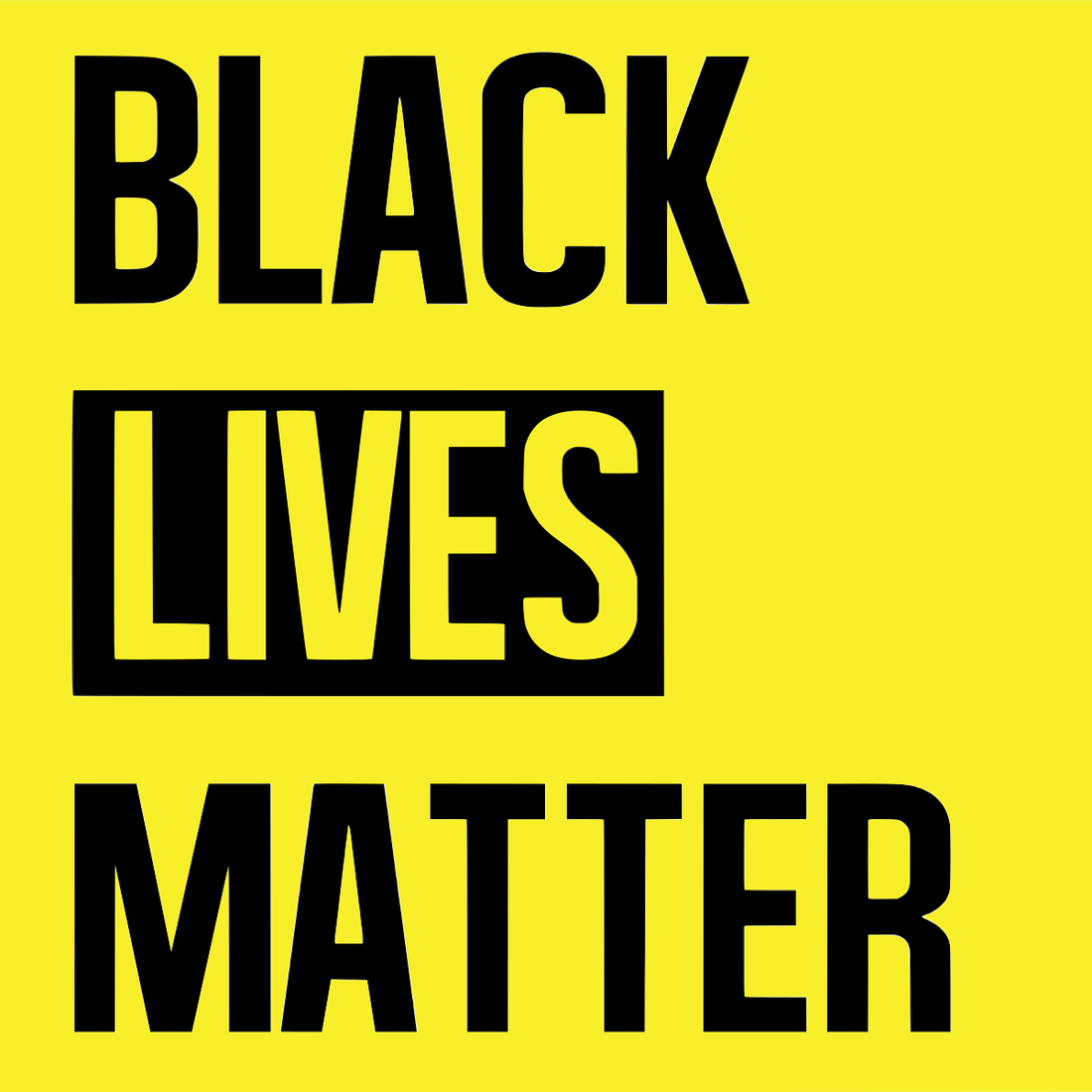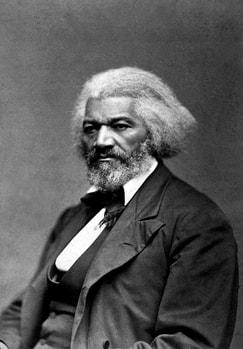|
"I would unite with anybody to do right and with nobody to do wrong.” These are the words of American social reformer, writer, and statesman Frederick Douglass who escaped slavery in Maryland to become a national leader of the abolitionist movement. Many found it astonishing that such a successful orator was once a slave, proving false the misconception that slaves lacked the intelligence of independent Americans. Douglass believed everyone was equal regardless of their skin tone and heritage. He was also an active supporter of women’s suffrage.
Frederick Augustus Washington Bailey was born on a plantation in Maryland to Harriet Bailey, a woman of African and Native American ancestry. His father was white, possibly European, but Frederick never knew him, nor did he know on which day or in which year he was born. Historians estimate his year of birth as 1818 and Frederick chose 14th February as the day to celebrate his birth. Separated from his mother at a young age, the infant Frederick lived with his grandparents, Betsy, a slave, and Isaac, a free man. At the age of six, Frederick’s master transferred him to another plantation, but two years later he moved again to a household in Baltimore. Despite being the property of Hugh Auld, his master’s wife Sophia ensured Frederick was well fed and clothed. When he was about 12 years old, Sophia taught him to read and write until her husband put an end to their lessons. Yet, Frederick continued to teach himself in secret, often observing the white children in the city. He believed "knowledge is the pathway from slavery to freedom.” In 1833, Frederick went to work for Edward Covey, a farmer who repeatedly whipped him. Frederick attempted to run away, but his master caught him in the act. In 1837, he met and fell in love with Anna Murray (1813-88), a free black woman, who encouraged him to have another attempt at escaping. On 3rd September 1838, Frederick succeeded by sneaking onto a train to Harve de Grace dressed as a sailor. He then made his way to New York to meet up with Anna. Frederick and Anna married on 15th September 1838, initially adopting the surname Johnson. Inspired by the poem The Lady of the Lake by Walter Scott (1771-1832), Frederick changed their surname to Douglass after the names of the principal characters. They joined the independent African Methodist Episcopal Zion Church, and Frederick became a preacher in 1839. Soon after, at the approximate age of 23, Frederick Douglass gave his first speech about his experiences as a slave at the Massachusetts Anti-Slavery Society's annual convention. From then on, Douglass involved himself with many anti-slavery protests and conventions, resulting in physical attacks from slavery supporters. One occasion caused irreparable damage to Douglass’s hand. He exclaimed, "I have no love for America, as such; I have no patriotism. I have no country. What country have I? The Institutions of this Country do not know me—do not recognize me as a man.” Yet, he continued to fight to put an end to slavery. As well as oration, Douglass published many works, including his first autobiography, Narrative of the Life of Frederick Douglass, an American Slave in 1845, My Bondage and My Freedom in 1855, and Life and Times of Frederick Douglass in 1881. In 1845, Douglass travelled to Ireland and England where he was amazed at the different treatment he received, not "as a color, but as a man.” Focusing on the abolition of slavery, Douglass gave many speeches in churches and chapels, drawing large crowds. He met with Thomas Clarkson (1760-1846) who had campaigned for the Slave Trade Act of 1807. Most importantly, while he was in Britain, Douglass legally became a free man. With £500 from English supporters, Douglass returned to the USA in 1847 and established his first abolitionist newspaper, the North Star. The paper adopted the motto "Right is of no Sex – Truth is of no Color – God is the Father of us all, and we are all brethren” to attract a diverse readership. Meanwhile, Douglass and his wife helped over four hundred slaves escape on the Underground Railroad network managed by Harriet Tubman. Douglass was the only African American to attend the first women’s rights meeting in New York. Douglass said he could not accept the right to vote as a black man until women also had the opportunity. "Discussion of the rights of animals would be regarded with far more complacency...than would be a discussion of the rights of women." Unfortunately, Douglass received criticism when he paid more attention to the campaign to allow black men the right to vote, but he maintained he was never against women’s rights. He feared linking black men’s suffrage with women’s suffrage would result in a failure for both; it was better to focus on one at a time. During the Civil War, Douglass met with President Abraham Lincoln (1809-65) to discuss the treatment of black soldiers. This meeting led to the declaration of the 13th amendment, outlawing slavery. After the assassination of Lincoln, Douglass met with President Andrew Johnson (1808-75) on the subject of black suffrage. In 1868, the 14th amendment gave blacks equal protection under the law, and in 1870 they finally won the right to vote. Due to his achievements, Douglass received several political appointments, including president of the Freedman’s Savings Bank and chargé d'affaires for the Dominican Republic. In 1872, Douglass became the first African American nominated for Vice President of the United States, although he was nominated without his knowledge. The same year, he was the presidential elector at large for New York. Douglass and Anna had five children during their marriage of 44 years. Their eldest, Rosetta Douglass (1839-1906) was a founding member of the National Association for Colored Women and also helped with her father’s newspaper business, as did Lewis Henry Douglass (1840-1908) and Frederick Douglass Jr. (1842-92). Their youngest son, Charles Remond Douglass (1844-1920) also helped with the papers and was the first African-American man to enlist in the military in New York during the Civil War. Annie Douglass, their youngest child, passed away at the age of ten. Anna passed away in 1882, and two years later Douglass remarried to suffragist Helen Pitts (1838-1913). This caused controversy and upset Douglass’ children because Helen was twenty years younger than their father. She was also white. Douglass responded to criticism by saying his first marriage was to a woman of his mother’s colour, and his second to someone of his father’s colour. Douglass continued to speak at meetings across the USA and further abroad. In 1888, he became the first African American to receive a vote for President of the United States. President Benjamin Harrison (1833-1901) won the election and made Douglass the consul-general to the Republic of Haiti. On 20th February 1895, Douglass attended a meeting with the National Council of Women in Washington, D.C where he received a standing ovation. That evening after returning home, he suffered a fatal heart attack. Thousands of supporters attended his funeral, and four years later they erected a statue in his memory. He was the first African American to be memorialised in this way. Frederick Douglass continues to receive such honours today. Statues of Douglass stand in the United States Capitol Visitor Centre, Central Park, and the University of Maryland.
0 Comments
Your comment will be posted after it is approved.
Leave a Reply. |
©Copyright
We are happy for you to use any material found here, however, please acknowledge the source: www.gantshillurc.co.uk AuthorRev'd Martin Wheadon Archives
June 2024
Categories
All
|


 RSS Feed
RSS Feed